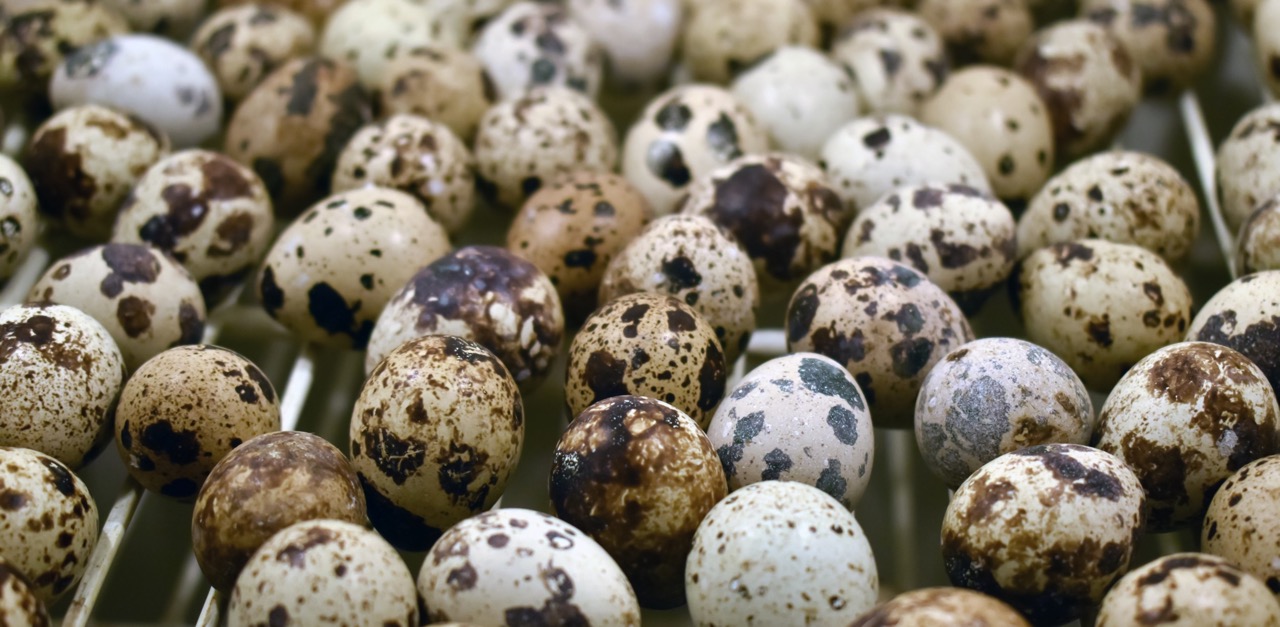

Articles
How To Store Quail Eggs
Modified: February 18, 2024
Discover the best methods for storing quail eggs in this comprehensive guide. Read articles and tips on preserving freshness and maximizing shelf life.
(Many of the links in this article redirect to a specific reviewed product. Your purchase of these products through affiliate links helps to generate commission for Storables.com, at no extra cost. Learn more)
Introduction
Quail eggs are small but packed with incredible nutrition. They are not only delicious but also a versatile ingredient in various cuisines. Whether you have a backyard quail flock or have access to fresh quail eggs, knowing how to store them properly is essential to ensure their quality and extend their shelf life.
Storing quail eggs requires some careful considerations, as they are more delicate than chicken eggs due to their smaller size and thinner shells. However, with the right techniques and proper storage methods, you can enjoy the benefits of fresh quail eggs for much longer.
In this article, we will explore the different factors to consider before storing quail eggs and share some best practices for preserving their freshness. We will also discuss various storage options, such as refrigeration, freezing, coating with mineral oil, pickling, using quail egg trays, dehydrating, and even creating quail egg powder.
So, if you’re ready to learn how to store quail eggs and make the most of this nutritious ingredient, let’s dive in!
Key Takeaways:
- Proper storage of quail eggs is crucial for preserving their freshness, extending their shelf life, and ensuring their availability year-round. Consider factors like freshness, egg quality, and storage conditions to maintain their quality.
- Explore various storage options such as refrigeration, freezing, pickling, and dehydrating to enjoy the benefits of quail eggs throughout the year. Each method offers unique advantages for preserving the freshness, flavor, and nutritional value of quail eggs.
Read more: How To Store Quail Eggs For Hatching
Why Store Quail Eggs?
Quail eggs are a delicacy enjoyed by people around the world for their unique taste, texture, and nutritional benefits. But why would you need to store them?
Firstly, quail eggs are not always readily available year-round. If you have a quail flock or have access to fresh quail eggs during certain seasons, you may want to store them to enjoy their deliciousness throughout the year.
Secondly, quail eggs have a relatively short shelf life if not properly stored. Typically, fresh quail eggs can be stored at room temperature for about 2 weeks. However, by employing proper storage methods, you can extend their shelf life up to several months, allowing you to savor them even when they are out of season.
Furthermore, storing quail eggs can be a cost-effective option. If you have the opportunity to purchase quail eggs in bulk or during a sale, storing them can help you take advantage of lower prices and enjoy the nutritional goodness of quail eggs without worrying about them going bad.
Additionally, storing quail eggs can be beneficial for those who use them for baking, cooking, or making various quail egg delicacies. By having a stock of preserved quail eggs, you can easily incorporate them into your favorite recipes without having to worry about their availability.
Lastly, some people store quail eggs for their unique health properties. Quail eggs are rich in essential nutrients like protein, vitamins, and minerals, and they are believed to have numerous health benefits such as boosting immunity, improving brain function, and enhancing skin health. By storing quail eggs, you can have a convenient supply of these nutrient-dense eggs, allowing you to enjoy their health benefits whenever you need.
Overall, there are several compelling reasons to store quail eggs. Whether it’s for year-round availability, extended shelf life, cost savings, convenience in cooking, or maximizing their health benefits, storing quail eggs can be a smart and practical choice for any quail egg enthusiast.
Factors to Consider Before Storing Quail Eggs
Before you start storing quail eggs, there are a few important factors to consider. These factors will help ensure the longevity and quality of the stored eggs:
1. Freshness: It is essential to start with fresh quail eggs for optimal storage results. The fresher the eggs, the longer they will last when properly stored. Make sure to collect eggs that are clean, uncracked, and free from any abnormalities or defects.
2. Egg quality: Quail eggs with thicker shells are generally preferred for storage as they offer better protection against moisture and bacteria. However, even eggs with thinner shells can be stored successfully with extra care.
3. Cleaning: Before storing quail eggs, ensure they are clean. Remove any visible dirt or debris by gently wiping them with a damp cloth. However, avoid using water or any detergents, as quail eggs have a protective natural coating that helps keep them fresh.
4. Storage conditions: Quail eggs should be stored in a cool, dry, and well-ventilated place. Temperature fluctuations and excess humidity can negatively impact their quality. Aim for a consistent temperature between 40 to 45 degrees Fahrenheit (4 to 7 degrees Celsius) and a humidity level of around 70 percent.
5. Protection: Quail eggs are delicate and prone to cracking. Handle them with care to prevent any damage. Avoid stacking or piling them too high, as excessive weight can cause breakage. Consider using appropriate storage containers or trays to provide extra protection.
6. Age of eggs: The age of the eggs also plays a role in storage. Freshly laid eggs may need a brief period of time to rest before storage. Allow them to sit at room temperature for a day or two to stabilize before putting them in long-term storage.
7. Rotation: Practice proper rotation to ensure you consume the oldest eggs first. When adding new eggs to your storage, place them at the back and move the older ones forward. This way, you can avoid spoilage and wastage of eggs.
8. Labeling: It is recommended to label your stored quail eggs with the date of storage. This will help you keep track of their freshness and ensure that you use them within an appropriate timeframe.
By considering these factors before storing your quail eggs, you can maintain their quality, prolong their shelf life, and ensure that you have a fresh and reliable supply of quail eggs for your culinary endeavors.
Best Practices for Storing Quail Eggs
To ensure the longevity and quality of stored quail eggs, it is important to follow some best practices. These practices will help preserve the freshness, flavor, and nutritional value of the eggs. Here are some of the best practices for storing quail eggs:
1. Choose the right storage method: There are several storage methods available for quail eggs, such as refrigeration, freezing, coating with mineral oil, pickling, using quail egg trays, dehydrating, or creating quail egg powder. Choose a method that aligns with your preferences and the intended use of the eggs.
2. Inspect for cracks: Before storing quail eggs, carefully inspect each egg for cracks or damage. Discard any eggs with cracks, as they can spoil quickly and contaminate other eggs.
3. Refrigerate promptly: If you choose to refrigerate quail eggs, make sure to place them in the refrigerator as soon as possible. Store them in a sealed container to prevent any moisture or odors from affecting their quality.
4. Avoid extreme temperatures: Whether refrigerating or freezing quail eggs, it is essential to avoid extreme temperatures. Sudden temperature changes can cause the eggs to crack or spoil. Gradually bring refrigerated eggs to room temperature before using them to prevent condensation.
5. Use appropriate containers: When storing quail eggs, use containers that are clean, dry, and airtight. Mason jars, plastic containers, or egg cartons can work well for this purpose. Ensure that the containers are properly sealed to protect the eggs from exposure to air and moisture.
6. Store in a cool, dark place: If you opt for storing quail eggs at room temperature, find a cool, dark place away from direct sunlight and heat sources. This will help maintain a consistent temperature and protect the eggs from spoilage.
7. Turn the eggs: If storing eggs without refrigeration, gently turn them once a day to distribute the yolk and prevent it from settling to one side. This will help maintain the overall quality of the eggs.
8. Keep eggs away from strong odors: Quail eggs are porous and can absorb odors easily. Avoid storing them near strong-smelling foods like onions or garlic, as they can impact the flavor of the eggs.
9. Regularly check for freshness: Periodically check the stored quail eggs for freshness. Look for any signs of spoilage, such as foul smells, unusual colors, or mold. Dispose of any eggs that show signs of spoilage to avoid contamination.
10. Properly wash before use: Before using stored quail eggs, gently wash them with warm water to remove any dirt or residue. Be cautious not to submerge them in water or scrub vigorously, as this can remove the protective coating.
By following these best practices, you can ensure that your stored quail eggs remain fresh, safe to consume, and maintain their quality for an extended period. Experiment with different storage methods to find the one that suits your needs and preferences best.
Option 1: Refrigerating Quail Eggs
Refrigerating quail eggs is one of the most common and effective methods of extending their shelf life. By storing them in a cool environment, you can maintain their freshness and quality for a longer duration. Here’s how you can refrigerate quail eggs:
1. Preparation: Before refrigerating quail eggs, make sure they are clean and free from any visible dirt or debris. Gently wipe them with a damp cloth to remove any dirt, but avoid submerging them in water or using detergents, as quail eggs have a natural protective coating.
2. Storage containers: Choose a clean and airtight container for storing quail eggs in the refrigerator. Mason jars, plastic containers, or egg cartons work well for this purpose. Make sure the container is thoroughly washed and dried before use.
3. Positioning: Place the quail eggs in the container with the pointed end facing down. This position helps maintain the integrity of the air cell and prevents the yolks from settling to one side.
4. Temperature: Set your refrigerator to a temperature between 40 to 45 degrees Fahrenheit (4 to 7 degrees Celsius). Ensure that the temperature remains consistent and does not fluctuate. Avoid placing the eggs near the refrigerator door, as they can be exposed to warmer temperatures when the door is frequently opened and closed.
5. Humidity: Aim for a humidity level of around 70 percent in your refrigerator. Excessive humidity can cause condensation, which may negatively impact the quality of the eggs. If your refrigerator has adjustable humidity settings, make sure to set it accordingly.
6. Sealing: Close the container tightly to prevent any air or moisture from entering. This helps preserve the freshness of the quail eggs and protects them from absorbing odors from other foods in the refrigerator.
7. Rotation: If you plan to store quail eggs for an extended period, it’s essential to practice proper rotation. Label the storage container with the date of storage and consume the oldest eggs first. This ensures that you utilize the eggs before they exceed their recommended storage time.
8. Frequent checks: Regularly inspect the refrigerated quail eggs for signs of spoilage. Check for any discoloration, foul odors, or abnormal textures. If you notice any signs of spoilage, discard the affected eggs to prevent contamination.
Refrigerating quail eggs can help extend their shelf life up to several weeks, allowing you to enjoy their freshness and nutritional benefits over an extended period. Remember to handle the eggs with care to avoid any cracks or damage, as this can compromise their quality. With proper refrigeration, you can always have a steady supply of quail eggs for your culinary endeavors.
Read more: How To Store Egg
Option 2: Freezing Quail Eggs
Freezing quail eggs is an excellent option for long-term storage. When properly frozen, quail eggs can stay fresh and maintain their quality for several months. Here’s how you can freeze quail eggs:
1. Preparation: Start by cracking the quail eggs into a bowl and gently whisking them until the yolks and whites are well combined. You can add a pinch of salt or sugar if desired, but it’s not necessary.
2. Preportioning: Decide on the portion size you prefer for freezing. You can either freeze the eggs individually or in batches. If you plan to use specific quantities for recipes, consider freezing them in portions that are convenient for your needs.
3. Containers: Prepare freezer-safe containers or ice cube trays for freezing the quail eggs. Silicone ice cube trays work well for individual freezing. Make sure the containers are clean and dry before use.
4. Filling: Pour the whisked quail eggs into the containers, leaving about 1/4 inch (0.6 cm) of headspace to allow for expansion during freezing. If using ice cube trays, fill each cube compartment with the egg mixture.
5. Sealing: If using containers with lids, ensure they are tightly sealed to prevent air and moisture from entering. For ice cube trays, cover them with plastic wrap or aluminum foil to protect the eggs and avoid freezer burn.
6. Labeling: Label each container or bag with the date of freezing. This will help you keep track of the eggs’ freshness and ensure they are used within a reasonable timeframe.
7. Freezing: Place the containers or ice cube trays in the freezer. Make sure they are placed on a flat surface to prevent any spillage. Allow enough space between containers for proper airflow.
8. Duration: Quail eggs can be stored in the freezer for up to several months. However, for the best quality, it is recommended to consume them within 3-4 months of freezing.
9. Thawing: When you are ready to use the frozen quail eggs, transfer them to the refrigerator to thaw slowly. Give them several hours or overnight to thaw completely. Avoid thawing them at room temperature to prevent bacterial growth.
10. Usage: Once thawed, use the quail eggs as you would use fresh eggs. They can be used in a variety of recipes, such as baking, cooking, or making omelettes and scrambled eggs.
Freezing quail eggs is an excellent option for preserving their freshness and flavor. By following these steps, you can have a convenient supply of quail eggs for your culinary needs whenever you desire. Enjoy the versatility of quail eggs even when they are not readily available.
Store quail eggs in the refrigerator, unwashed and in their original carton. They can last up to 5 weeks when stored properly. Avoid washing them until ready to use.
Option 3: Coating Quail Eggs with Mineral Oil
Coating quail eggs with mineral oil is a traditional method of storing eggs that helps extend their shelf life and maintain their quality. The thin layer of oil acts as a protective barrier, sealing the eggshell and preventing moisture loss. Here’s how you can coat quail eggs with mineral oil:
1. Selecting the oil: Choose a food-grade mineral oil specifically designed for egg coating. Ensure that the oil is free from any additives or fragrances that could affect the eggs’ taste or safety.
2. Preparing the eggs: Start with clean quail eggs. Gently wipe them with a clean, damp cloth to remove any dirt or debris. Allow them to dry completely before proceeding.
3. Coating process: Fill a small bowl or container with the mineral oil, making sure there’s enough to completely submerge the quail eggs. Carefully place each egg into the bowl, ensuring they are fully immersed.
4. Coating technique: Gently roll the eggs in the mineral oil using a spoon or tongs, making sure all sides are evenly coated. Avoid rubbing or applying excessive pressure that may damage the eggshell.
5. Draining excess oil: After coating each egg, allow any excess oil to drip off. Place the eggs on a wire rack or a clean, flat surface to drain for a few minutes.
6. Drying: Leave the coated quail eggs to dry naturally at room temperature. This will allow the oil to set and create a protective layer on the eggshell. Avoid wiping or touching the eggs while they dry.
7. Storage: Once the mineral oil has dried, transfer the coated quail eggs to a clean container or egg carton. Store them in a cool, dry place away from direct sunlight. Ensure that the storage area has a consistent temperature and moderate humidity.
8. Rotation: Label the container or egg carton with the date of storage to keep track of the eggs’ freshness. Utilize the oldest eggs first to maintain a proper rotation of your quail egg supply.
9. Usage: When you are ready to use the coated quail eggs, gently rinse off the oil with warm water before cooking or cracking them open.
Coating quail eggs with mineral oil helps create a protective barrier that prolongs their shelf life and keeps them fresh. It is important to note that oil-coated eggs should not be consumed raw, as the oil may affect the taste and texture. Instead, use these eggs for cooking or baking purposes to enjoy their nutritional benefits. With the proper application of mineral oil, you can preserve the quality of your quail eggs for an extended period.
Option 4: Pickling Quail Eggs
Pickling quail eggs is a popular and flavorful method of preserving these small delicacies. Pickled quail eggs have a tangy and slightly acidic taste that pairs well with a variety of dishes. Here’s how you can pickle quail eggs:
1. Boiling the eggs: Start by boiling the quail eggs to ensure they are fully cooked and safe to eat. Place the eggs in a saucepan and cover them with water. Bring the water to a boil, then reduce the heat and simmer for 2-3 minutes. Remove the eggs from the heat and let them cool in cold water.
2. Peeling the eggs: Once the eggs have cooled, peel them carefully. Quail eggs can be more challenging to peel than larger eggs due to their smaller size. Gently tap the shells and roll them on a hard surface to loosen the shells, then peel them under running water to help remove any stubborn bits.
3. Preparing the pickling solution: In a saucepan, combine equal parts vinegar and water. Add your preferred pickling spices and seasonings to the solution. Common spices include dill, garlic, mustard seeds, and peppercorns. You can also add a pinch of salt or sugar for extra flavor.
4. Boiling the pickling solution: Bring the pickling solution to a boil, stirring until the spices and seasonings are well incorporated. Let the solution simmer for a few minutes to infuse the flavors.
5. Adding the eggs: Carefully place the peeled quail eggs into sterilized jars or containers. Pour the hot pickling solution over the eggs, ensuring they are completely submerged. Leave a small headspace at the top of the jar to allow for expansion.
6. Cooling and storing: Allow the pickled eggs to cool to room temperature before sealing the jars. Once sealed, refrigerate the jars for at least 1-2 weeks to allow the flavors to develop. The pickled quail eggs can be stored in the refrigerator for several weeks.
7. Enjoying the pickled quail eggs: Pickled quail eggs make a tasty addition to salads, charcuterie boards, or as a tangy snack on their own. You can also use them in recipes like deviled eggs or as a garnish for Bloody Mary cocktails.
Pickled quail eggs add a delightful tang and complexity to your culinary creations, and they make a lovely homemade gift or party appetizer. Experiment with different spice combinations and pickling solutions to create unique flavors that suit your taste. Enjoy the zingy flavors of pickled quail eggs any time of the year!
Option 5: Using Quail Egg Trays
Using quail egg trays is a convenient and space-saving method for storing and organizing quail eggs. These specialized trays are designed to hold quail eggs securely, keeping them protected and extending their shelf life. Here’s how you can use quail egg trays for storage:
1. Selecting the trays: Look for quail egg trays specifically designed for holding and storing quail eggs. These trays come in various materials, including plastic, foam, or cardboard. Choose trays that are clean, durable, and have compartments that fit quail eggs snugly.
2. Preparing the eggs: Before placing the quail eggs in the trays, ensure they are clean and free from any visible dirt or debris. Gently wipe them with a clean, damp cloth if necessary.
3. Positioning the eggs: Place the quail eggs in the individual compartments of the tray, ensuring that each egg is well-centered. Make sure the pointed ends of the eggs are facing downward, as this helps maintain the integrity of the air cell and prevents the yolks from settling to one side.
4. Additional layer of protection: If desired, you can add an additional layer of protection by placing a paper towel or tissue in between the eggs and the tray. This can help absorb any excess moisture and prevent the eggs from touching each other.
5. Stacking and storing: Once the quail eggs are positioned in the tray, you can stack multiple trays on top of each other for efficient use of space. Make sure the trays are stable and secure to prevent any accidental tipping or damage to the eggs.
6. Storage conditions: Store the quail egg trays in a cool, dry place away from direct sunlight and extreme temperature fluctuations. Aim for a consistent temperature between 40 to 45 degrees Fahrenheit (4 to 7 degrees Celsius) and moderate humidity levels.
7. Rotation and labeling: To keep track of the freshness of the eggs, use proper rotation by labeling the trays with the date of storage. Consume the oldest eggs first and continuously rotate the trays to ensure you utilize the eggs within their recommended storage time.
8. Inspecting the eggs: Regularly check the quail eggs in the trays for any signs of spoilage. Discard eggs that show any discoloration, foul odors, or abnormal textures to prevent contamination of other eggs.
Using quail egg trays is a practical and efficient way to store and organize your quail eggs. With these trays, you can easily access your quail eggs while keeping them protected and extending their shelf life. Enjoy the convenience and functionality of quail egg trays for all your quail egg storage needs.
Read more: How To Store Eggs
Option 6: Dehydrating Quail Eggs
Dehydrating quail eggs is a unique method of preserving them for long-term storage. It involves removing the moisture from the eggs, resulting in lightweight and shelf-stable quail egg snacks. Here’s how you can dehydrate quail eggs:
1. Preparation: Start by boiling the quail eggs until they are fully cooked. Place the eggs in a saucepan and cover them with water. Bring the water to a boil, then reduce the heat and simmer for about 2-3 minutes. Remove the eggs from the heat and cool them in cold water before peeling.
2. Peeling the eggs: Once the eggs have cooled, carefully peel off the shells. Quail eggs can be more delicate and challenging to peel than larger eggs, so take your time and be gentle. Rinse the peeled eggs under cold water to remove any shell residue.
3. Slicing or halving: Decide whether you want to slice the quail eggs into thin rounds or halve them before dehydrating. Slicing allows for quick and even drying, while halving exposes the yolk and creates a stunning visual effect in the final product.
4. Dehydrating method: There are several ways to dehydrate quail eggs. You can use a food dehydrator, an oven set to a low temperature, or a specialized egg dehydrating machine. Follow the instructions provided by the specific device you are using.
5. Preparing the drying surface: If using a food dehydrator or specialized egg dehydrating machine, arrange the quail eggs on the drying trays according to the manufacturer’s instructions. For an oven, line a baking sheet with parchment paper and place the eggs on the sheet with some space between them.
6. Drying temperature and time: Set the dehydrator or oven to the lowest temperature possible, usually around 140°F (60°C). If using an oven, leave the door slightly ajar to allow for proper airflow. Dry the quail eggs for 6-12 hours, or until they are completely dehydrated and crispy.
7. Checking for doneness: Check the quail eggs periodically during the drying process to ensure they are dehydrating evenly. They should be firm and dry to the touch without any moisture remaining. The drying time may vary depending on your specific equipment and the size of the eggs.
8. Cooling and storing: Once the quail eggs are fully dehydrated, let them cool completely before storing them in airtight containers or vacuum-sealed bags. Store the dehydrated eggs in a cool, dry place away from direct sunlight. They can last for several months when properly stored.
9. Rehydrating and using: When you are ready to use the dehydrated quail eggs, you can rehydrate them by soaking them in warm water or adding them directly to soups, stews, or dishes with ample liquid. The rehydrated eggs will regain their original texture and flavor.
Dehydrated quail eggs are a convenient and lightweight snack, perfect for camping trips, hiking, or as an emergency food supply. They also add a unique and crunchy element to salads, trail mixes, or as a topping for various dishes. Enjoy the versatility and long-lasting quality of dehydrated quail eggs in your culinary adventures.
Option 7: Using Quail Egg Powder
Using quail egg powder is a convenient and versatile method of preserving quail eggs and incorporating them into a variety of dishes. Quail egg powder is made by dehydrating quail eggs and grinding them into a fine powder. Here’s how you can use quail egg powder:
1. Preparing the quail egg powder: Start by dehydrating the quail eggs. You can use a food dehydrator or an oven set to a low temperature. Once the eggs are completely dehydrated and crispy, grind them in a blender or food processor until they turn into a fine powder.
2. Storing the powder: Transfer the quail egg powder to an airtight container or jar. Store it in a cool, dry place away from direct sunlight. Properly stored quail egg powder can last for several months.
3. Rehydrating the powder: When you want to use quail egg powder, simply rehydrate it by adding warm water. Start with a small amount of powder and gradually add water, stirring until you achieve a smooth and creamy consistency. The ratio is usually 1 part powder to 4 parts water, but you can adjust it to your preference.
4. Using in recipes: Quail egg powder can be used as a substitute for fresh eggs in a wide range of recipes. It works well in baking, making pancakes, waffles, or custards. Use the rehydrated quail egg powder just like you would use fresh eggs in the recipe. Remember to adjust the liquid content in the recipe to account for the added water from rehydrating the powder.
5. Enhancing nutrition: Quail egg powder is highly nutritious, packed with essential vitamins, minerals, and proteins. By incorporating it into recipes, you can boost the nutritional value of your dishes, especially when fresh quail eggs are not readily available.
6. Adding flavor and color: Quail egg powder can add a subtle, rich flavor and a vibrant yellow color to your recipes. It can enhance the taste and appearance of baked goods, pasta, sauces, or dressings.
7. Long shelf life: Quail egg powder has a longer shelf life compared to fresh quail eggs. It can be stored for an extended period without the need for refrigeration, making it a convenient pantry staple.
8. Portability: Quail egg powder is lightweight and easy to transport, making it a great option for outdoor activities, camping trips, or emergency food supplies. It eliminates the need for carrying fragile fresh eggs while still providing the benefits and versatility of quail eggs.
Quail egg powder offers a convenient way to enjoy the nutritional benefits of quail eggs in a condensed and easily usable form. Explore the possibilities of quail egg powder in your cooking and baking endeavors, enhancing the taste, nutrition, and convenience of your favorite recipes.
Conclusion
Storing quail eggs properly is essential to preserve their freshness, extend their shelf life, and make the most of this nutritious ingredient. By considering factors such as freshness, egg quality, storage conditions, and appropriate handling, you can ensure that your stored quail eggs maintain their quality and are safe to consume.
There are various options available for storing quail eggs, each with its own advantages and considerations. Refrigerating quail eggs is a common method that helps maintain their freshness for several weeks. Freezing quail eggs provides a long-term storage solution, allowing you to enjoy them even when they are out of season.
Coating quail eggs with mineral oil creates a protective barrier, while pickling quail eggs adds tanginess and flavor to your culinary creations. Using quail egg trays provides a convenient and organized approach to storing quail eggs, and dehydrating quail eggs offers a lightweight and shelf-stable snack option.
For those seeking convenience and versatility, quail egg powder can be used as a substitute for fresh eggs in various recipes, providing added nutrition and flavor. With proper storage and handling, these different options can be utilized to enjoy the benefits of quail eggs throughout the year.
Whether you want to store quail eggs for their unique taste, extend their availability, or take advantage of their health benefits, knowing how to store them properly is key. By employing the best practices for each storage method and considering factors such as freshness, cleanliness, and proper rotation, you can savor the goodness of quail eggs for an extended period.
In conclusion, quail eggs are a versatile and nutritious ingredient that can be enjoyed year-round with the right storage methods. Experiment with different storage options and find the ones that best suit your preferences and needs. With proper storage, you can savor the deliciousness and reap the benefits of quail eggs whenever you desire.
Frequently Asked Questions about How To Store Quail Eggs
Was this page helpful?
At Storables.com, we guarantee accurate and reliable information. Our content, validated by Expert Board Contributors, is crafted following stringent Editorial Policies. We're committed to providing you with well-researched, expert-backed insights for all your informational needs.
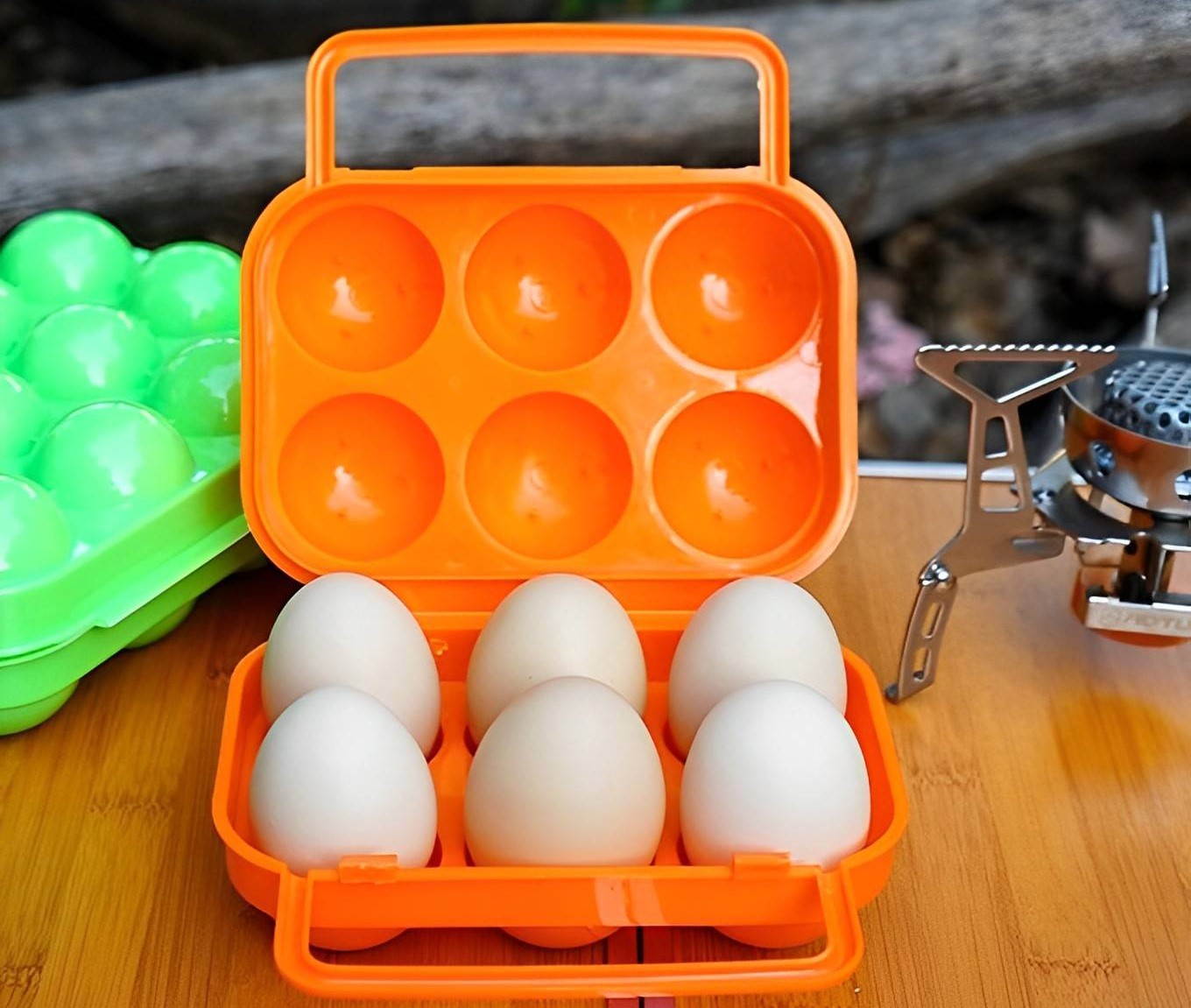
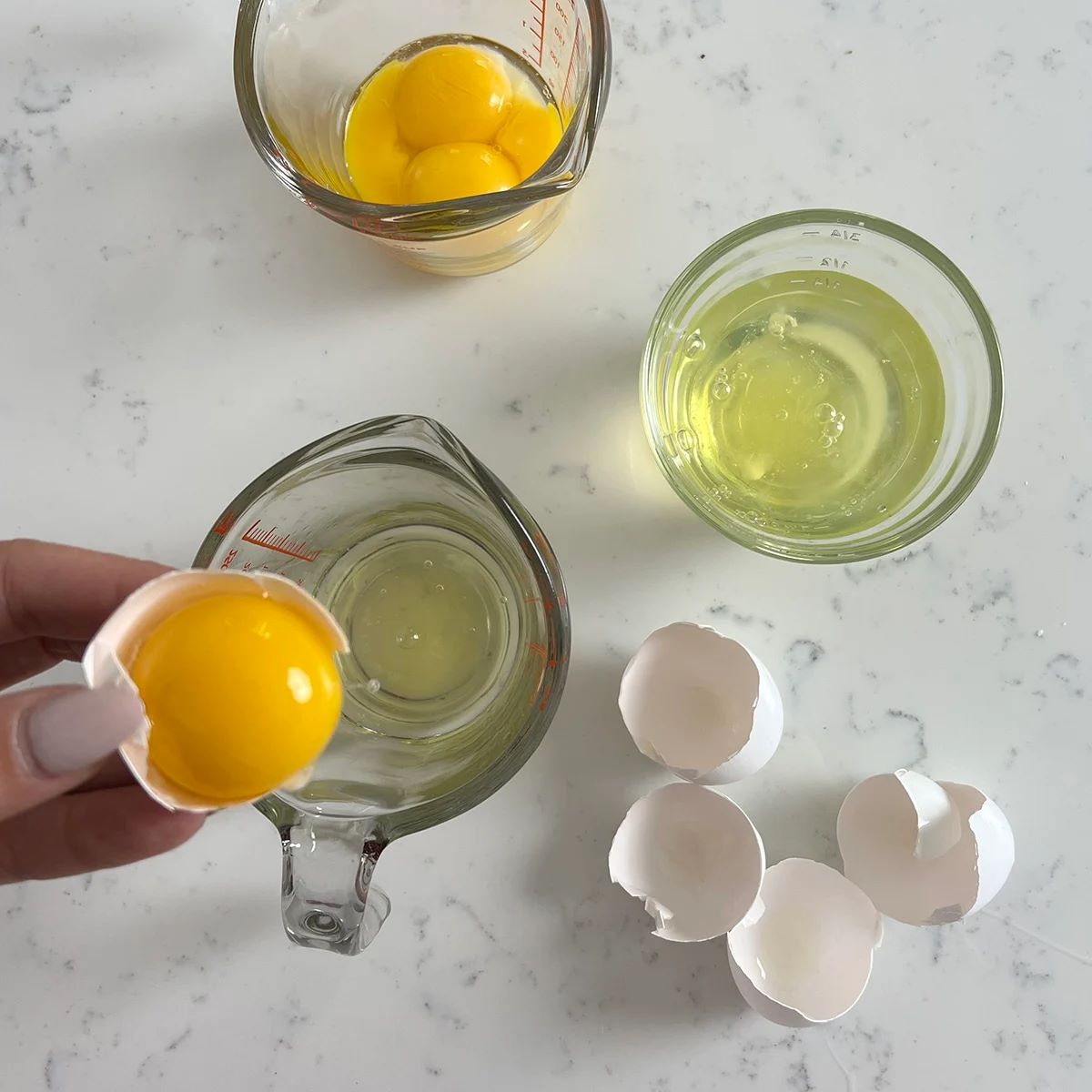
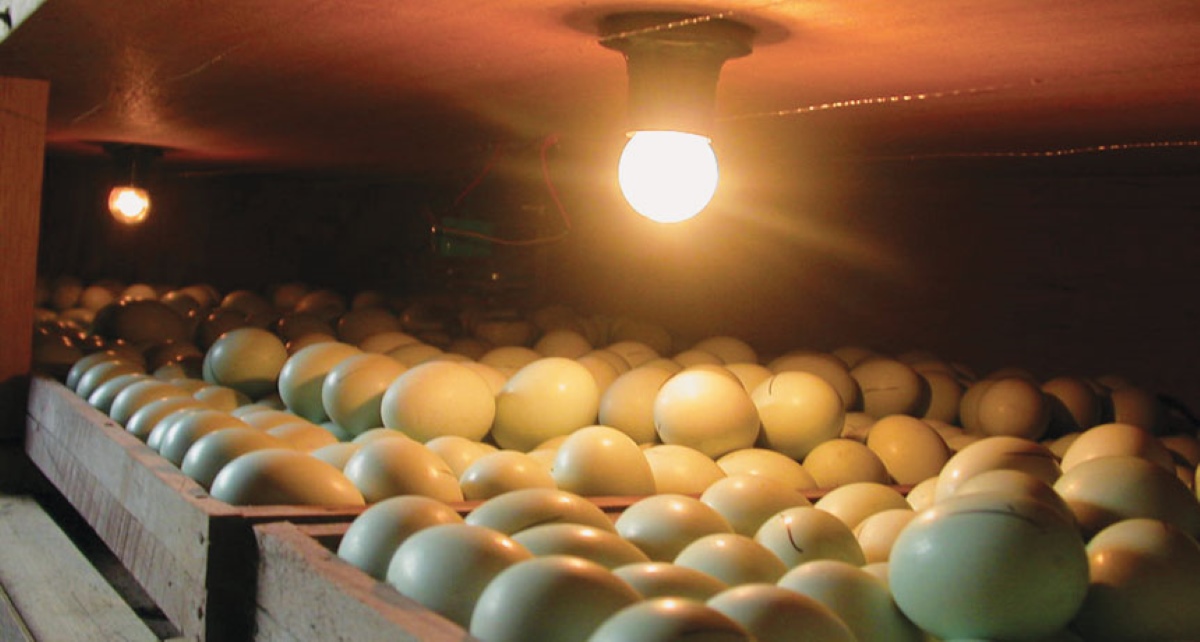
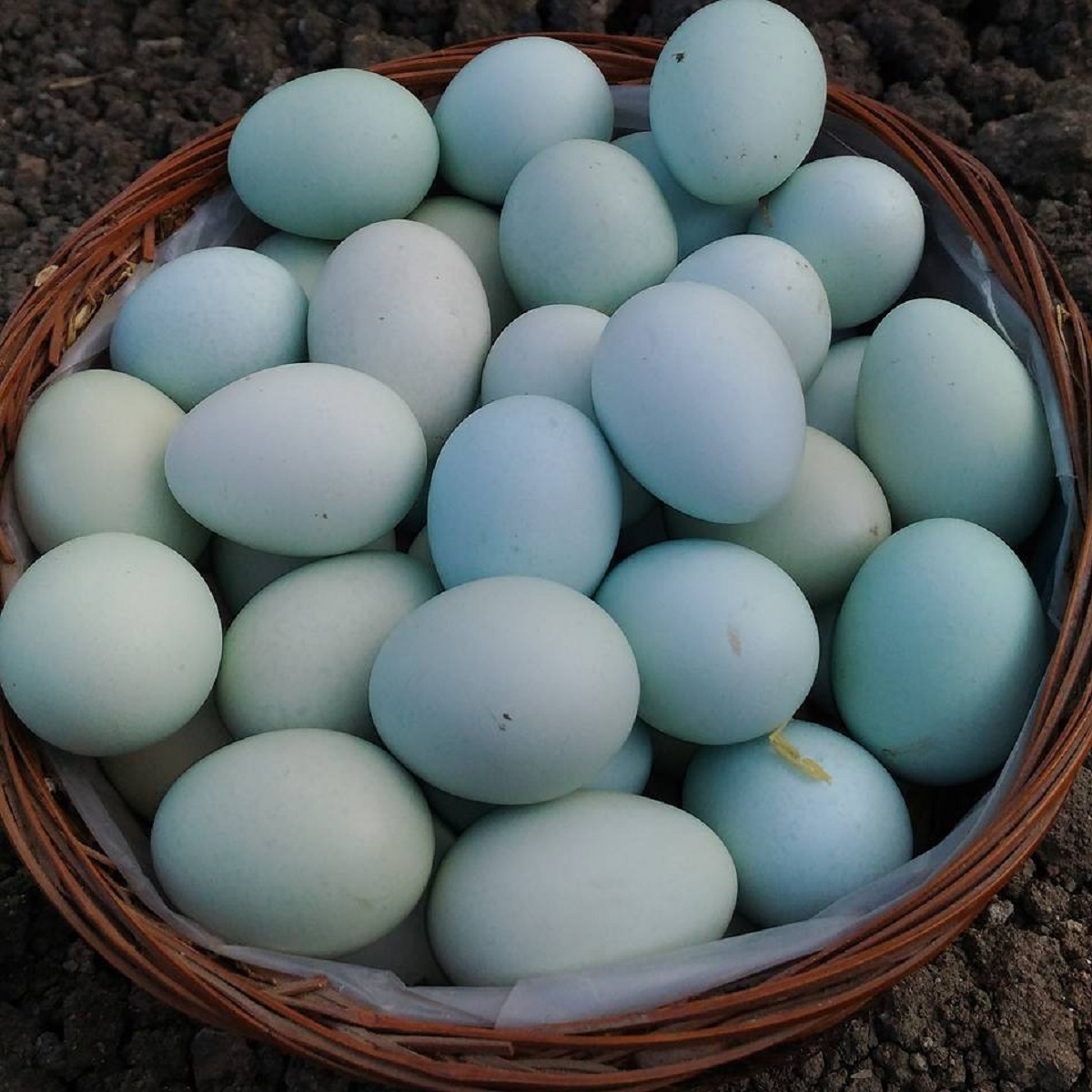
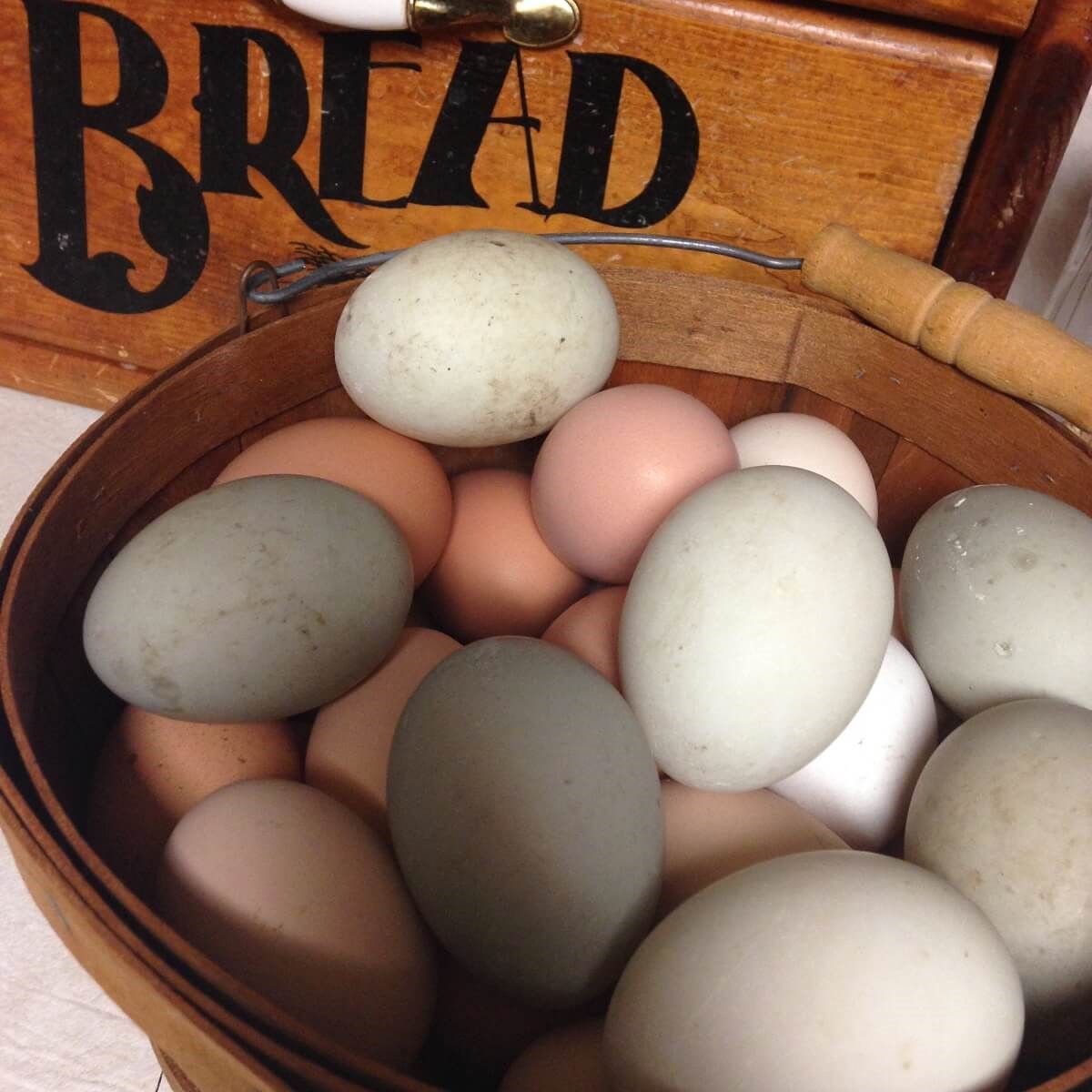
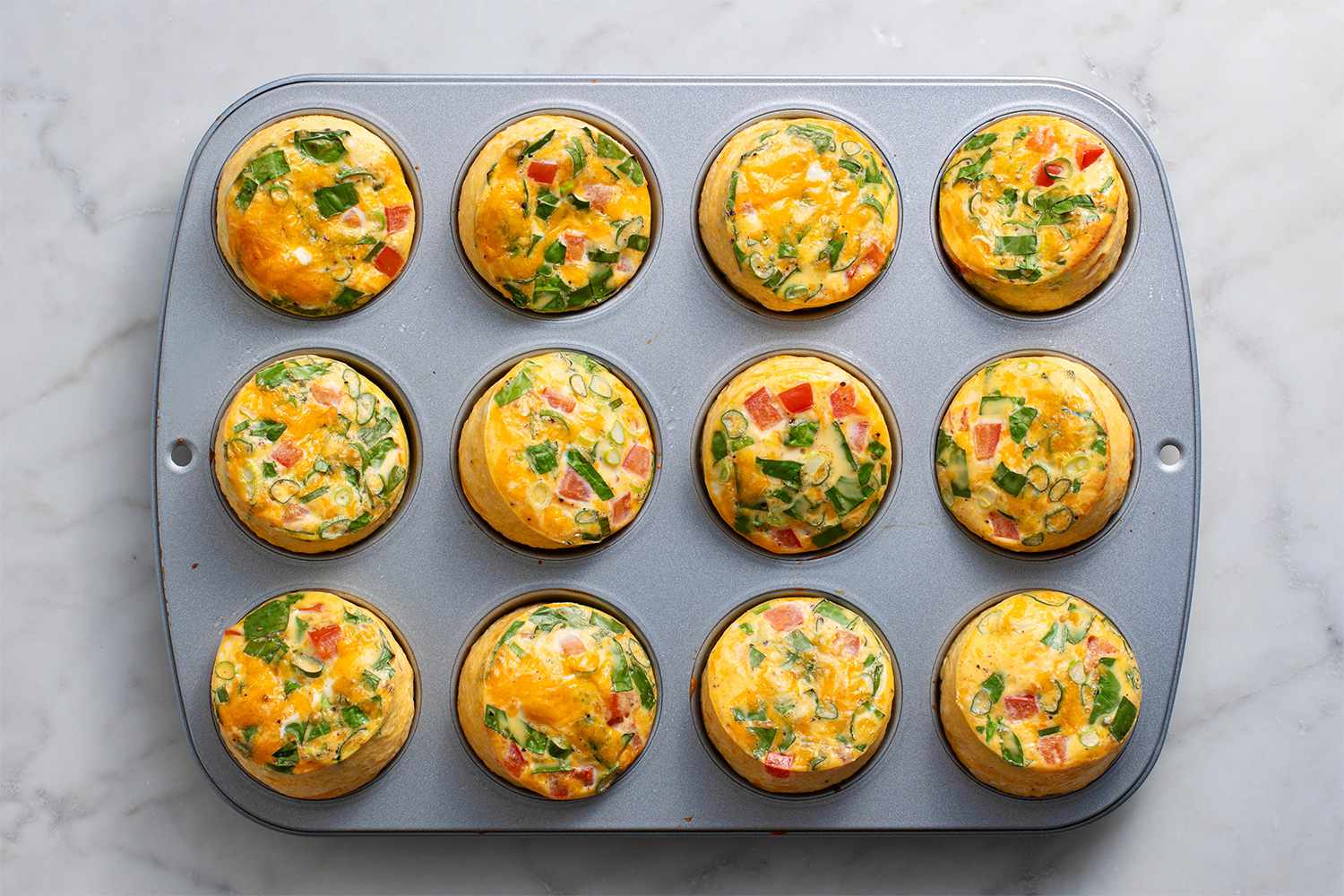
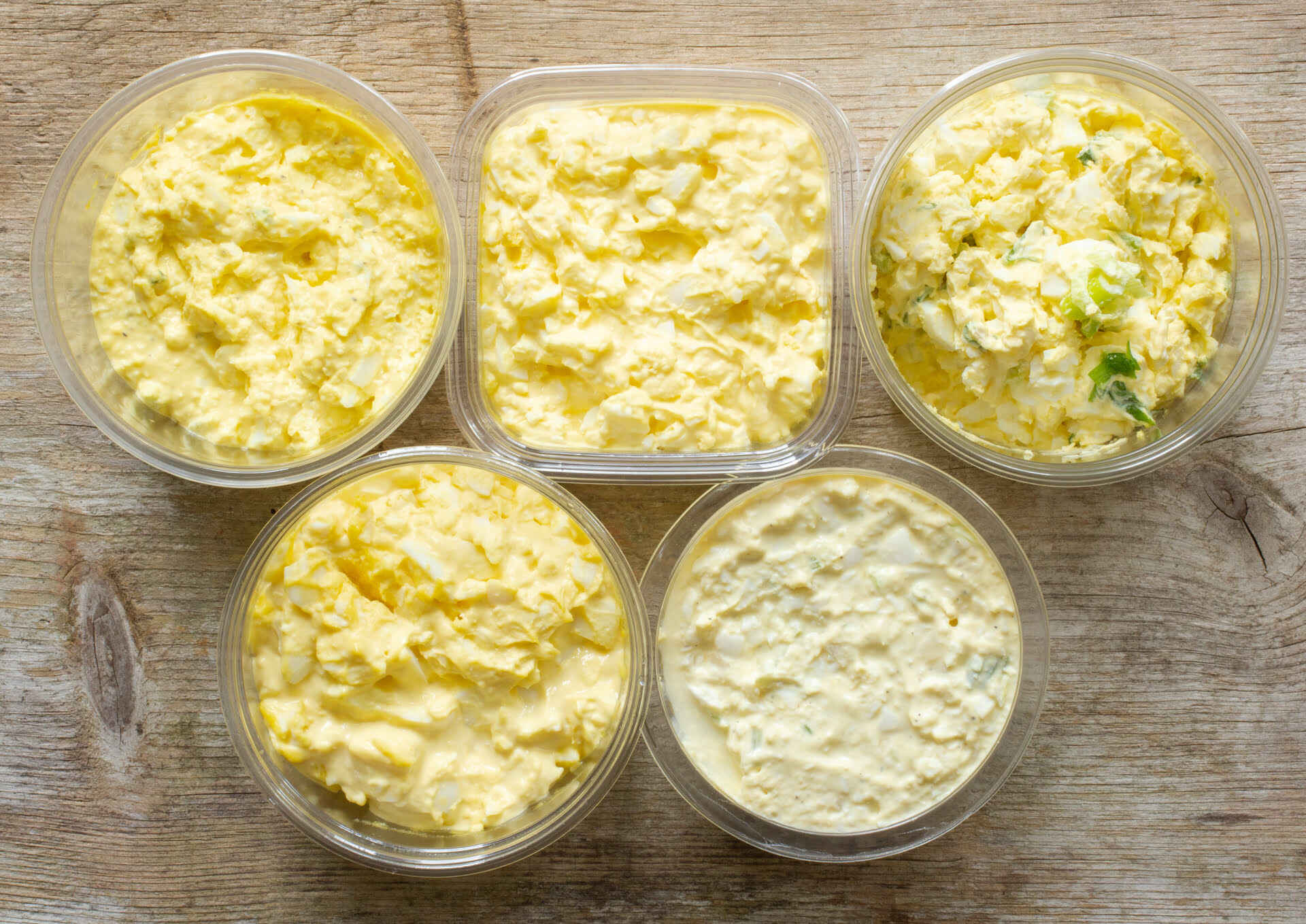
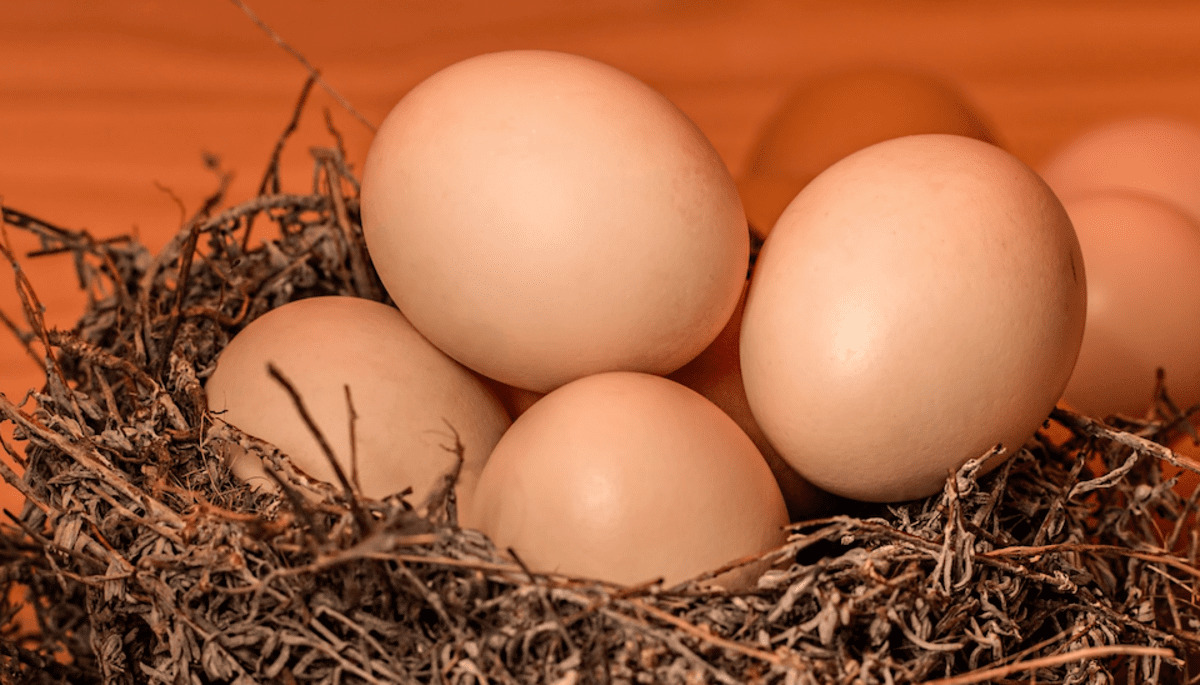
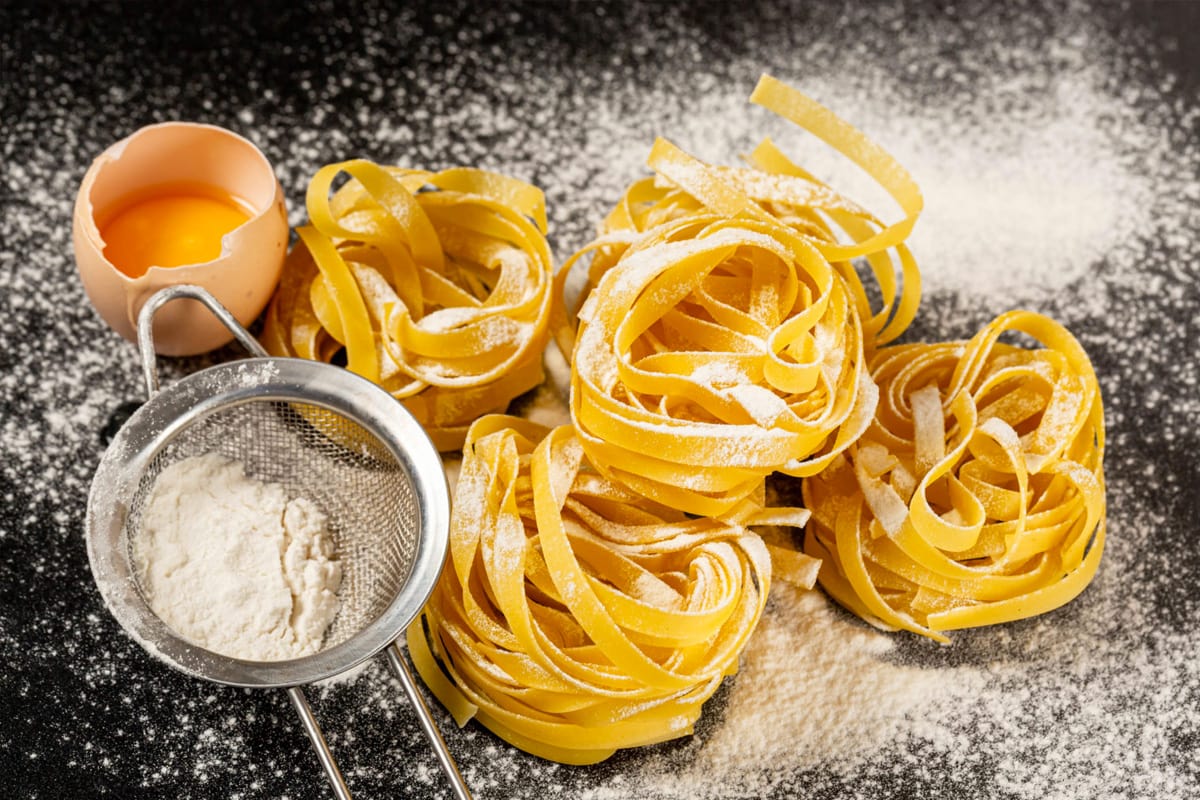
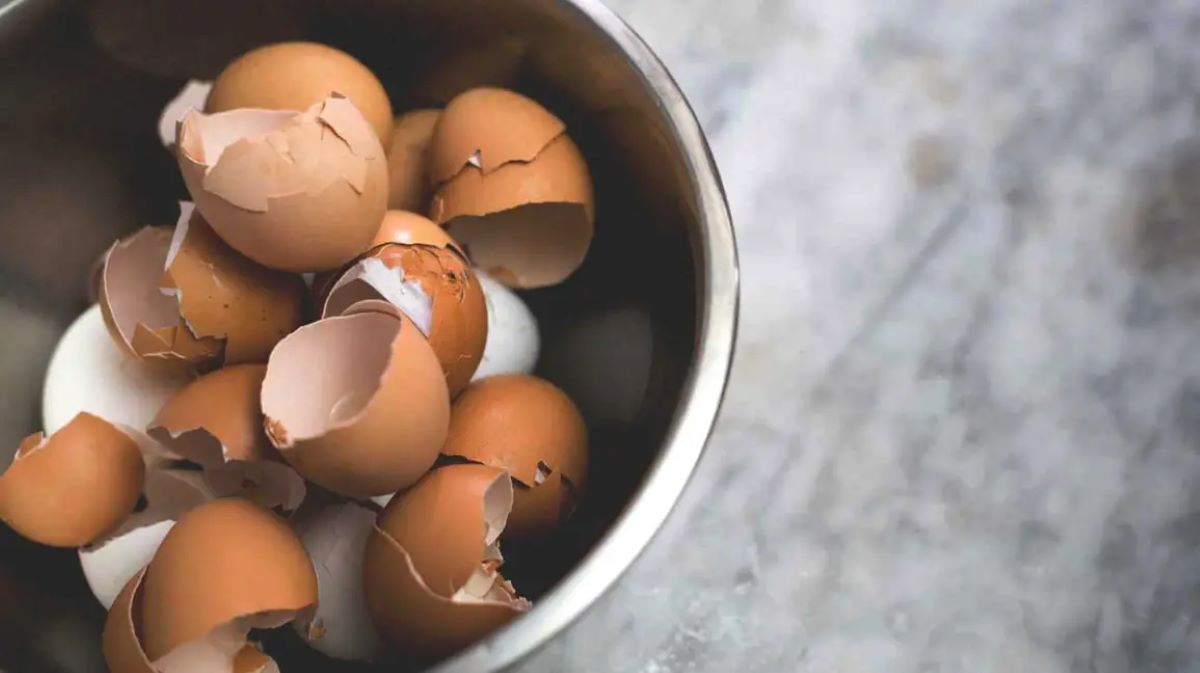
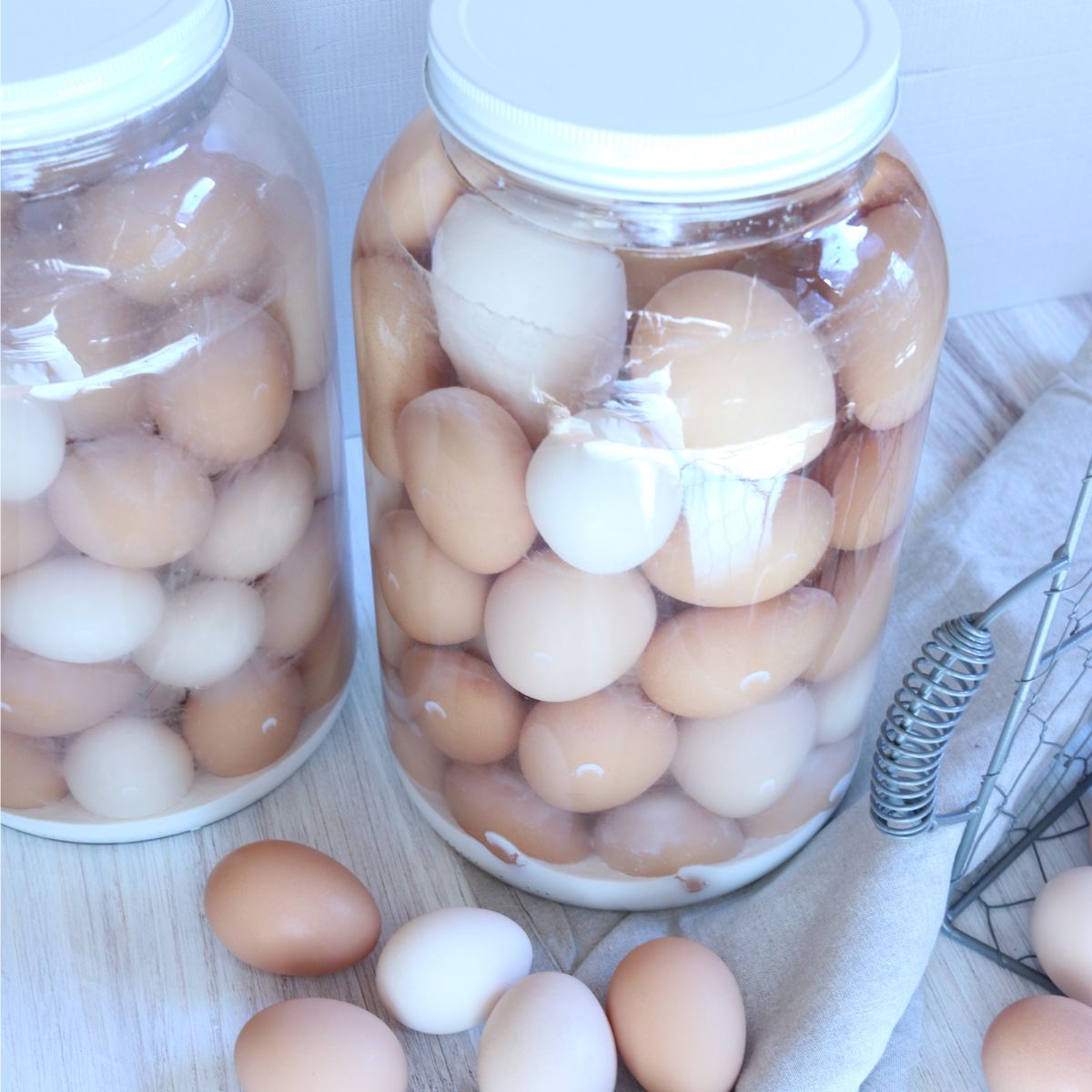
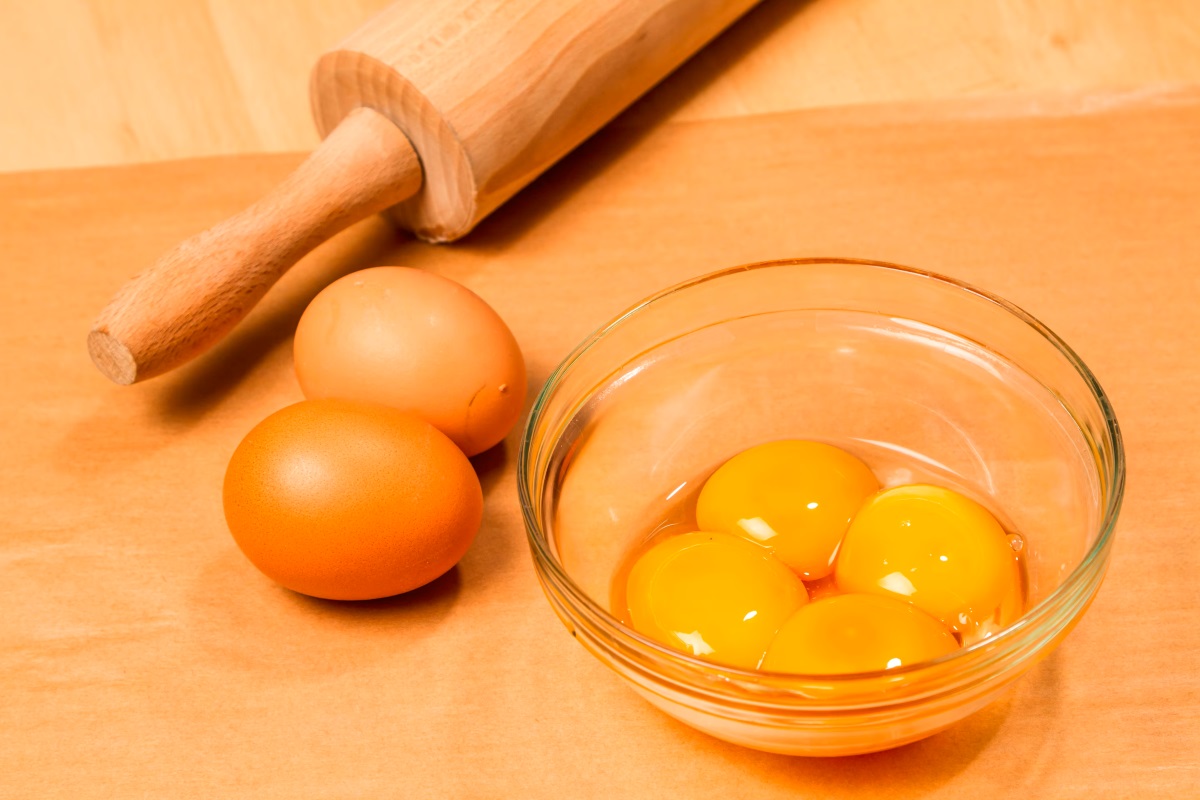
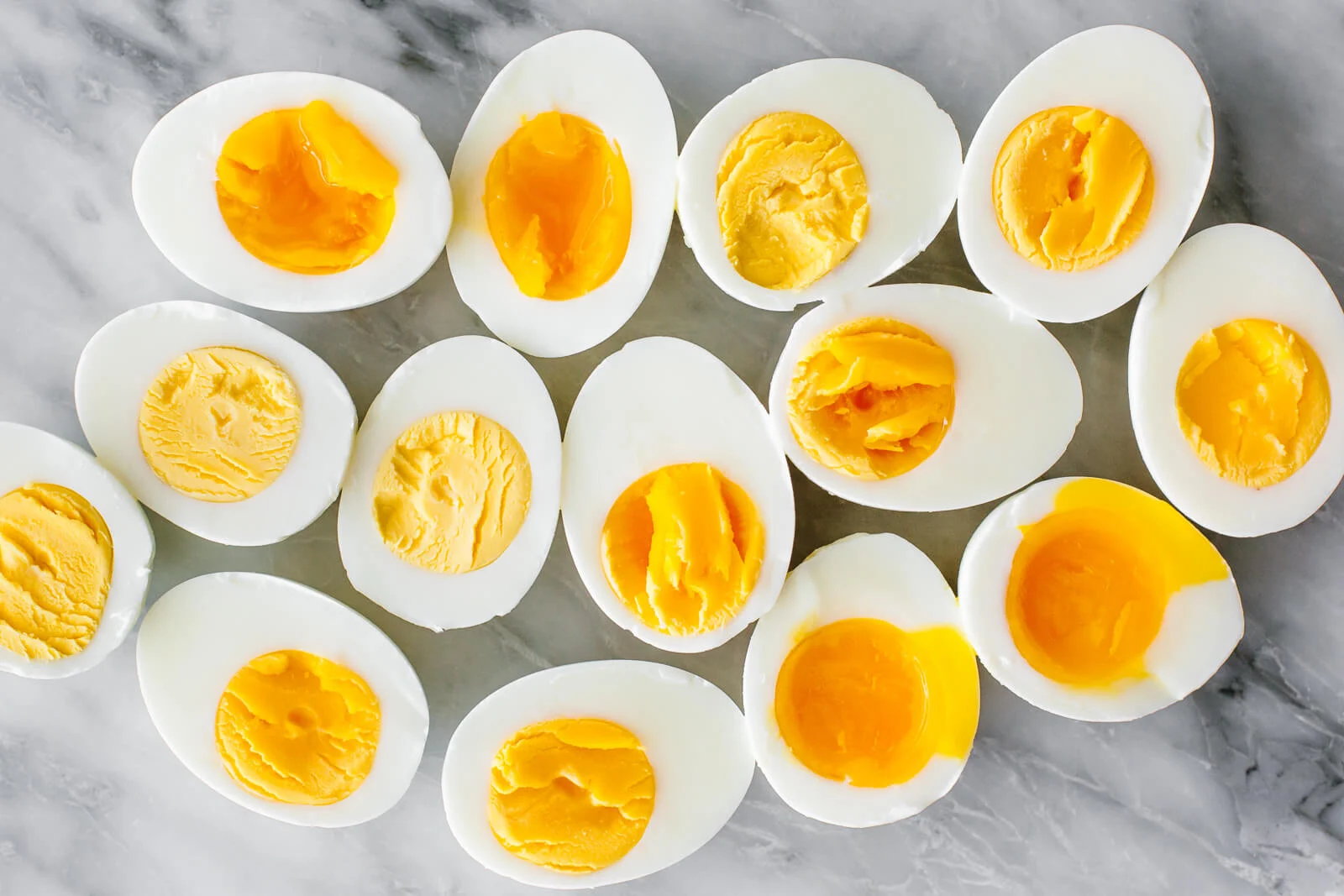

0 thoughts on “How To Store Quail Eggs”